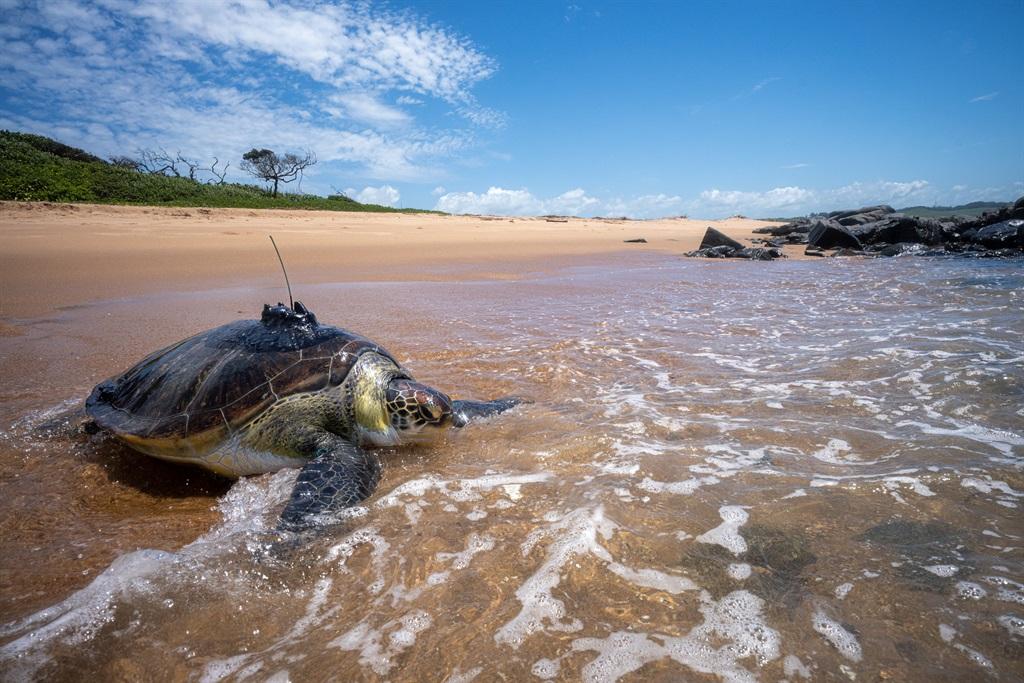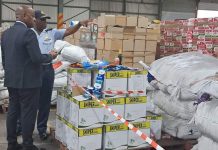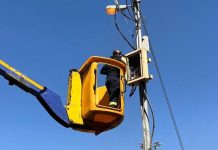Africa-Press – South-Africa. Former Two Oceans Aquarium resident green turtle Bob has dipped his flippers in the open ocean, and his team of carers and researchers will now be using some high-tech solutions to follow his progress.
Bob was released into the Indian Ocean on a private beach at Olwandle Estate, alongside the Hlimbitwa river mouth, in KwaZulu-Natal on Friday 27 January, after a flight with The Bateleurs and a short stay at Ushaka Marine World in Durban.
Bob travelled around 37km in his first four days in the ocean, moving through the uThukela Marine Protected Area where he was released. He explored the coastline and most likely enjoyed snacking from abundant algal beds along the way.
He also experienced his first opportunity in eight years to dive, reaching a depth of almost 50m.
Bob is fitted with three different tracking devices – a Fastlock GPS satellite tag, a Vemco acoustic tag, and flipper tags – which will allow aquarium staff to gather location information and monitor his progress while at sea. This will allow them to track Bob’s exact ocean route accurately, explained Talitha Noble, the conservation manager at the Two Oceans Aquarium Foundation’s Turtle Conservation Centre.
The first tag is a satellite tag that provides continuous GPS location data. However, this tag is likely only to last a few years, as the battery will then either die or the tag will fall off, explained Noble.
She explained:
Noble added that the Aquarium and Foundation will post regular updates on Bob’s movements.
Bob is also fitted with acoustic and flipper tags, primarily for identification purposes.
“The acoustic tag has a battery that lasts up to 10 years, which is much longer than the satellite tag, but the data is different. There are acoustic receivers all along the South African coastline. When Bob swims past one of these receivers, it will capture the acoustic signal of Bob’s tag and store it. Every year these receivers are retrieved for data collection, and we will then be sent the data and be able to see which receivers Bob swam past in the last year,” said Noble.
“The flipper tag should stay on until it grows out, which will take many years, but will only be useful if it is identified by photo underwater or if Bob is actually a Bobette and comes onshore to nest.”
The information from the tags will initially be used to monitor Bob and see that he’s managing in the wild, and will allow the team to intervene should there be the need.
Noble said:
“Down the line and in conjunction with other tracking data, Bob’s tracks could be used to better understand sea turtle movements, habitat use, and inform the creation of marine protected areas and policy development.
Bob was rescued in 2014 and arrived at the Aquarium with a gut full of plastic pollutants. He was severely bruised, with a fractured shell, exposed bone, and fighting infection. The infection caused inflammation and, ultimately causing neurological damage, and for many years Bob failed to show the natural instincts he would need to survive in the wild.
However, two years ago, animal behaviouralist and Two Oceans Aquarium Education Foundation’s turtle rehab team member Alexandra Panagiotou noticed Bob responding well to environmental enrichment activities and showing more instinctive behaviours. This gave the team hope that with just a little push, he would be able to master the skills needed to survive in the wild.
Bob underwent a programme that encouraged him to practice natural behaviours exhibited by turtles in the wild, such as territorial behaviour, aggressive and exploratory feeding, diving, resting at the bottom and grazing, before he was given the all-clear for release.
For More News And Analysis About South-Africa Follow Africa-Press






